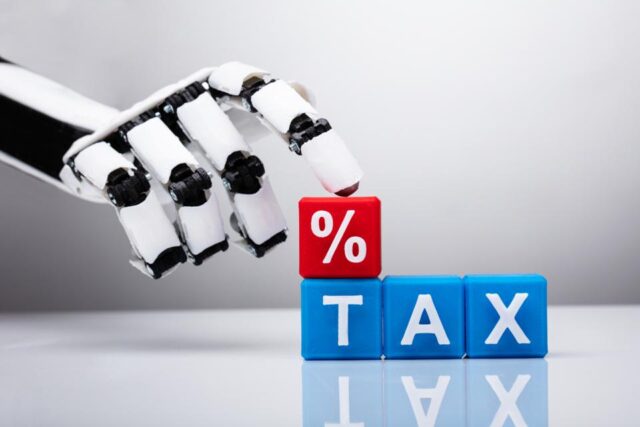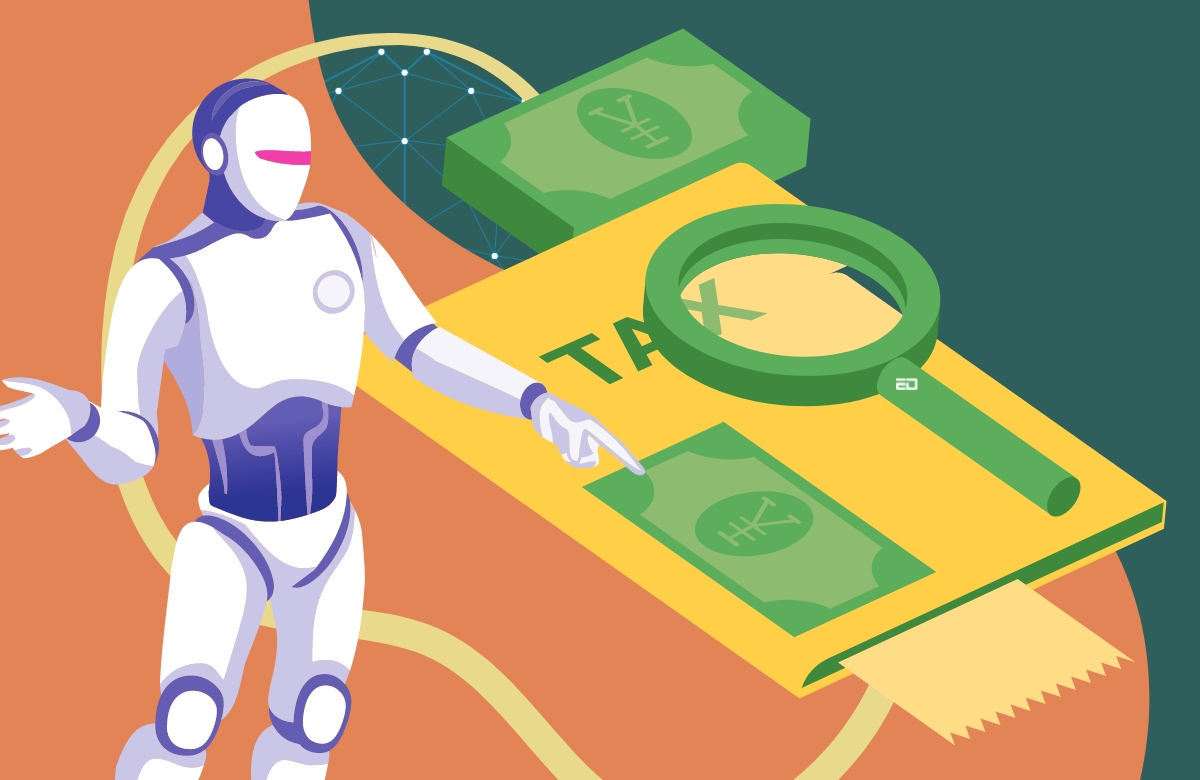Prior to the introduction of the GST, companies that wanted to avoid paying taxes would not send their customers actual tax invoices. With the introduction of the GST came the idea of the Input Tax Credit (ITC), a tool designed to prevent double taxation by taxing only the value addition at each step.
This concept encouraged business entities to issue true tax invoices because they would be required in order to claim ITC on the taxes already paid through the suppliers.
The term “input tax credit” refers to the ability to deduct the tax you have previously paid on inputs when filing your output tax return and pay the remaining balance.
Despite the ITC mechanism, tax evaders and dishonest taxpayers decrease sales by failing to provide actual tax invoices to final customers. Such taxpayers merely report sales that are tax-deductible thanks to ITC received from their suppliers. They are able to avoid paying taxes on the value addition at their end as a result.
Tax Fraud And Artificial Intelligence

The registration of fictitious and phoney corporate firms, fake invoices for services that haven’t actually been rendered, and circular trade rackets represent an even more insidious and hazardous trend.
Not only do many taxpayers conceal sales above the amount of tax liability covered by ITC, but they also transfer the ITC accrued on their purchases to fraudulent businesses by generating fictitious invoices without actually providing and receiving goods or services.
The suppliers of these phoney tax invoices are able to lower their stocks in books of accounts and prevent sale purchase mismatches by producing fake tax invoices rather than issuing real tax invoices and recording sales to end consumers in their GST reports.
Additionally, they receive a commission on the ITC that is transferred to fictitious businesses that have figured out how to turn it into cash.
It has proven possible to spot bogus ITC chains using specific patterns. Many purchases from return non-filers, an unnatural increase in turnover, a mismatch in the volume of transactions in monthly returns compared to the amount of E-Way bills generated, frequent high-value transactions that are out of proportion to the size of the business, and a large ITC to cash ratio are some of these issues.
Multiple registrations against a single PAN are another. HSN is a methodical technique for classifying products and services.
Read More: India Collects Digital Tax Revenue But Why Is West Uncomfortable With It?
Measures Against Tax Frauds

To address such tactics, the GST Act grants tax authorities a broad range of authority, including the ability to block ITC (Rule 86A(1)), apply financial penalties (Section 122), and in cases of ITC frauds that go above a certain threshold, even the authority to detain tax offenders. Such offences have been made cognizable and non-bailable under section 132 of the GST Act.
The Union Territory of Jammu and Kashmir’s GST administration is well aware of the severity of the issue and has dedicated all available resources to solving it. Numerous fraudulent invoice chains have been found, and in some situations, legal action has already been taken or is in progress.
Investigation units and specialised MIS (Management Information System) cells have been deployed for this purpose. To combat and eliminate the issue of sales suppression, false ITC, circular trade, fake invoicing, and other types of tax evasion, informed enforcement actions based on the most recent data analytics have already been implemented, and more are planned.
On this front, it is hoped that significant progress will be made in the upcoming months.
What are your thoughts about the measures taken by the government against the increasing frauds? We would be glad to know!
Image Credits: Google Photos
Feature Image designed by Saudamini Seth
Sources: The Print, The Hindu, CIAT
Connect with the Blogger: Pragya Damani
This post is tagged under: tax fraud, tax frauds, ai, artificial intelligence, tax frauds and artificial intelligence, government ai, tax
Disclaimer: We do not hold any right, copyright over any of the images used, these have been taken from Google. In case of credits or removal, the owner may kindly mail us.
Also Recommended:
How Artificial Intelligence Will Change The Future Of Religious Freedom





































